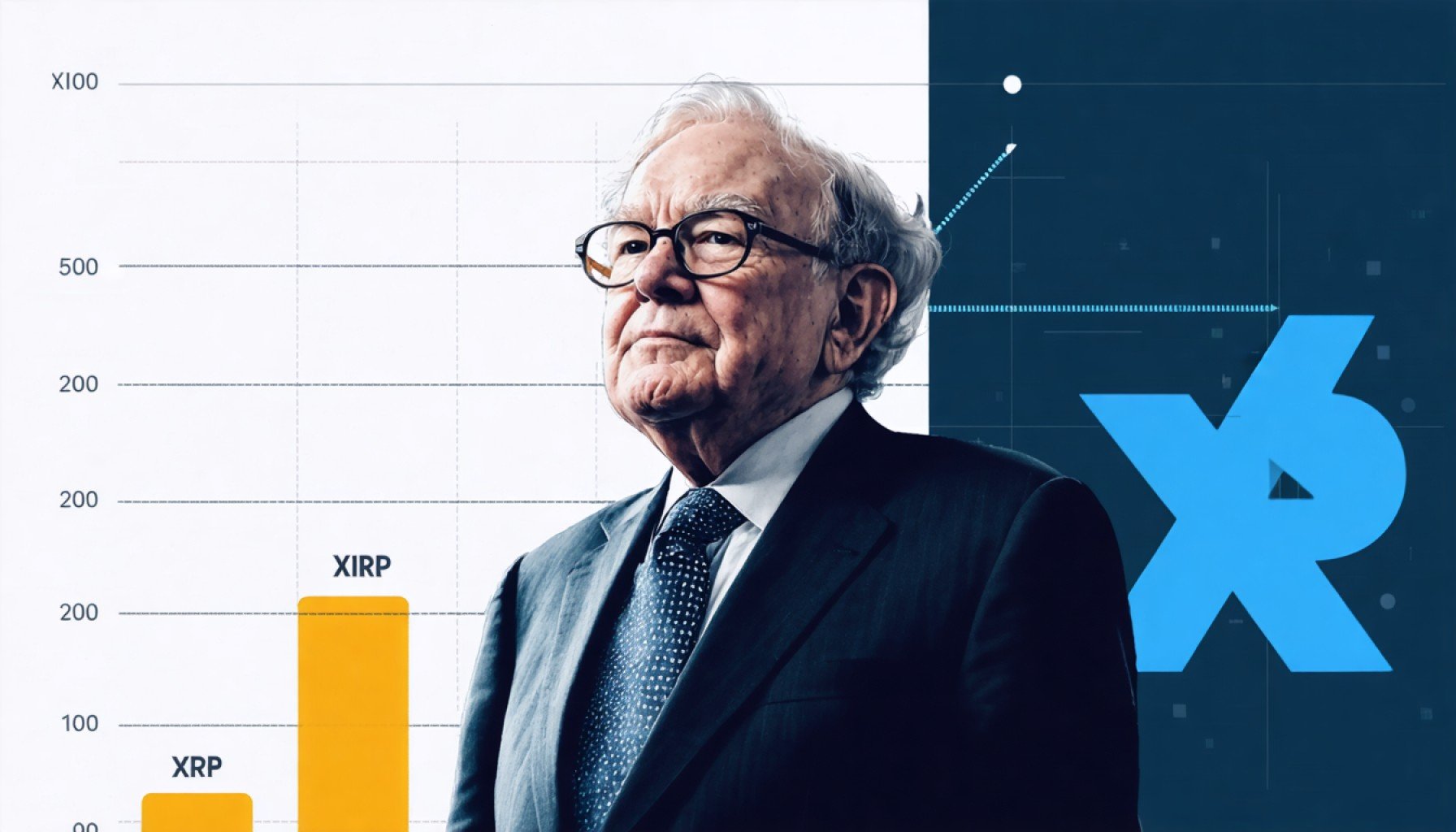- Xpeng is ambitiously expanding its presence to 60 countries, aiming to double its global footprint by year’s end.
- The launch of X9 multipurpose vehicles in Thailand marks a strategic move to enhance international market presence.
- New ultra-fast charging stations in Thailand and Hong Kong aim to boost interest and support the EV expansion.
- Xpeng is advancing its autonomous driving systems with plans for a self-driving revolution by 2026.
- The “go-global 2.0 strategy” targets Europe, Southeast Asia, the Middle East, and Africa with the G6 model leading in Thailand.
- Xpeng’s global strategy signifies a strong commitment to a cleaner, electrified future, positioning itself as a key player in EV markets.
Under the hazy skyline of Guangzhou, Xpeng is initiating a daring expansion, electrifying its ambitions to reach 60 countries. This Chinese electric vehicle titan isn’t just eyeing double its global footprint by the close of the year—it’s revving to redefine international markets.
At the bustling port of Guangzhou, the first fleet of sleek X9 multipurpose vehicles glimmers under the sun. These seven-seat electric stalwarts will soon navigate the streets of Thailand, marking a strategic milestone. By transforming burgeoning global curiosity into tangible presence, Xpeng ensures that half of its sales volume will soon echo from foreign lands.
In Thailand and Hong Kong, ultra-fast charging stations emerge, promising to power up not just cars but regional interest. Through a network of rapid-charging havens, Xpeng is making a bold statement: the road to the future is electric, and it’s fast.
The company’s global symphony is composed of more than just moving parts; it’s an overture of innovation. Xpeng’s autonomous driving systems are poised to test the highways beyond China, promising a self-driving revolution by 2026.
As Xpeng embarks on its “go-global 2.0 strategy,” it turns European, Southeast Asian, Middle Eastern, and African markets into its new racetrack. The G6 model leads in Thailand, setting the pace for what’s to come.
This leap into uncharted territories isn’t merely a business expansion—it’s a statement of intent. Xpeng is paving the way for a cleaner, electrified future, one market at a time. The takeaway here is crystal clear: the race to electrify the world is on, and Xpeng is aggressively vying for pole position.
Is Xpeng the Next Big Thing in Global Electric Vehicle Markets?
Xpeng’s Global Strategy: The Blueprint for Electric Expansion
How-To Steps & Life Hacks for EV Adoption in Emerging Markets
1. Infrastructure Development: Start by building and deploying ultra-fast charging stations in strategic locations, as Xpeng is doing in Thailand and Hong Kong. These stations not only support vehicle sales but also increase consumer confidence in transitioning to electric vehicles (EVs).
2. Product Localization: Customize EV models to meet local preferences and regulatory requirements. This can involve adjusting features like seating capacity and driving modes, as seen with Xpeng’s introduction of the X9 in Thailand.
3. Partnerships and Collaboration: Form strategic alliances with local businesses and governments to smooth market entry. Involve stakeholders in co-developing policies that provide incentives for EV ownership.
Real-World Use Cases
– Public Transport Solutions: Xpeng’s multi-seater models like the X9 can be adapted for ridesharing or as shuttle services, easing urban transport logistics in congested cities.
– Autonomous Deliveries: By leveraging its autonomous driving systems, Xpeng could introduce unmanned delivery vehicles in densely populated regions, enhancing last-mile logistics.
Market Forecasts & Industry Trends
– Growing EV Markets: According to reports by BloombergNEF, global electric vehicle sales are expected to increase from 3.1 million in 2020 to 30 million by 2030. Xpeng’s strategy to double its market presence aligns with these trends.
– Fast-Charging Networks: The expansion of ultra-fast charging infrastructure is a significant trend. By investing early, companies like Xpeng ensure they capture market share and revenue from both vehicle sales and energy provision.
Reviews & Comparisons
– Xpeng vs. Tesla: Both brands emphasize technological innovation and market expansion. While Tesla focuses on North America and Europe, Xpeng is aggressively targeting Asia, the Middle East, and Africa.
– Xpeng G6 vs. Competitors: The G6 is expected to compete head-to-head with models like the Tesla Model Y. It offers complimentary features but with potentially more competitive pricing tailored for emerging markets.
Controversies & Limitations
– Autonomous Driving Concerns: Safety concerns and regulatory hurdles remain significant barriers to the widespread adoption of autonomous driving technologies. Although Xpeng aims for a self-driving revolution by 2026, public trust and law-making processes may affect timelines.
– Market Rivalries: Xpeng faces stiff competition from both domestic rivals in China and established players in the international market, each vying for dominance in the rapidly evolving EV sector.
Features, Specs & Pricing
– X9: Focused on families and groups, this seven-seater is designed for versatility and sustainability, offering advanced navigation systems and configurable seating.
– Pricing Strategy: Expect Xpeng’s pricing to be aggressive, reflecting both its position as a tech-forward alternative to Western brands and its intention to capture price-sensitive markets.
Security & Sustainability
– Cybersecurity: With the rise of connected vehicles, Xpeng must prioritize robust cybersecurity measures to protect its vehicles from hacking.
– Environmental Footprint: Xpeng could leverage its electric infrastructure to offer clean energy solutions beyond vehicles, potentially reducing the carbon footprint of commuting and delivery services.
Actionable Recommendations
– Stay Informed: If you’re interested in adopting EVs, monitor regional developments in infrastructure and vehicle releases.
– Evaluate Incentives: Check for government incentives and rebates available for EV purchases in your country, as they can significantly reduce ownership costs.
– Consider the Ecosystem: Evaluate the availability of compatible charging solutions when considering an EV, as this will impact day-to-day usability.
Quick Tips
– Leverage public charging infrastructure to manage electricity costs.
– Participate in local forums and community groups to get the latest updates on EV developments.
For more information on electric vehicles, market trends, and technology innovations, visit Xpeng’s official site.











